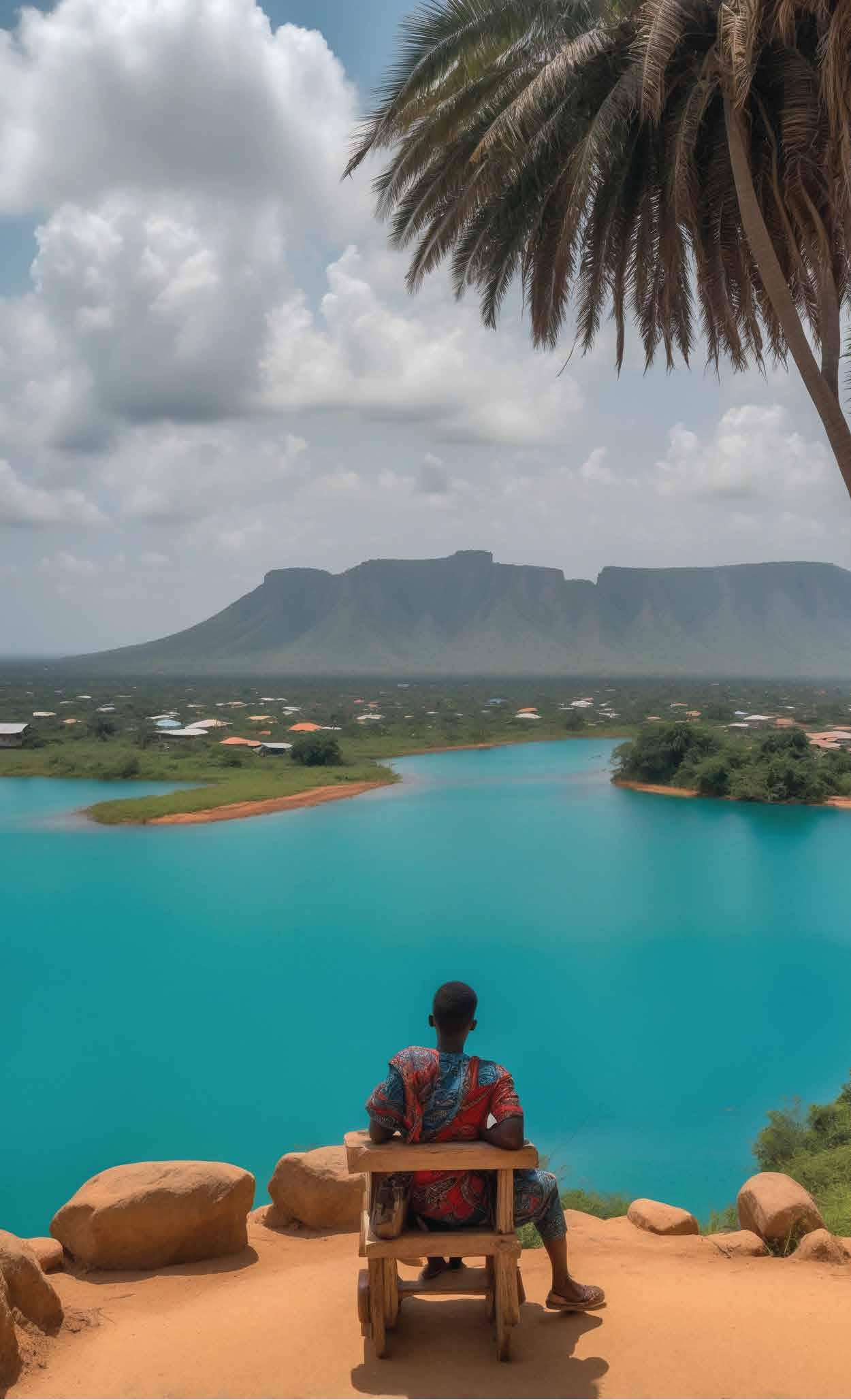








Greetings from all of us at Landtours!
I am delighted to share with you the latest edition of our newsletter, where we explore the beauty and rhythms of traditional Ghanaian dances. Our beautiful country, Ghana, is not only known for its stunning landscapes and warm hospitality but also for its dynamic cultural heritage, which is vividly expressed through our traditional dances.

https://landtours.com/ https://landtours.com/ https://landtours.com/ https://landtours.com/
https://landtours.com/
https://landtours.com/
https://www.instagram.com/landtoursgh/ https://www.instagram.com/landtoursgh/ https://www.instagram.com/landtoursgh/ https://www.instagram.com/landtoursgh/ https://www.instagram.com/landtoursgh/ https://www.instagram.com/landtoursgh/ https://www.instagram.com/landtoursgh/ https://www.linkedin.com/company/landtours/ https://www.linkedin.com/company/landtours/ https://www.linkedin.com/company/landtours/ https://www.linkedin.com/company/landtours/ https://www.linkedin.com/company/landtours/ https://www.linkedin.com/company/landtours/ https://www.linkedin.com/company/landtours/ https://www.linkedin.com/company/landtours/ https://www.linkedin.com/company/landtours/ https://www.linkedin.com/company/landtours/ https://www.linkedin.com/company/landtours/ https://www.linkedin.com/company/landtours/ https://www.linkedin.com/company/landtours/
Traditional Ghanaian dances are more than just a form of entertainment; they are a profound expression of our history, values, and communal life. Each dance tells a unique story, embodying the spirit and traditions of the various ethnic groups across our nation. From the energetic Kpanlogo of the Ga people to the regal Adowa of the Akan, and the intricate Agbadza of the Ewe, these dances are integral to our cultural identity.
In this newsletter, we share a few of these traditional dances, highlighting their origins, the occasions on which they are performed, and the distinctive music and costumes that accompany them. By showcasing these cultural treasures, we aim to foster a deeper understanding and appreciation of Ghana’s rich heritage among our visitors and partners.
Our mission at Landtours is to create unforgettable experiences that connect people with the heart and soul of Ghana. Whether you are planning to visit us soon or are looking for ways to bring the essence of Ghana to your clients, we hope this edition inspires you to explore the stories of our traditional dances.
Thank you for your continued support and partnership. We look forward to welcoming you and sharing the beauty of Ghana with you.
Warm regards,
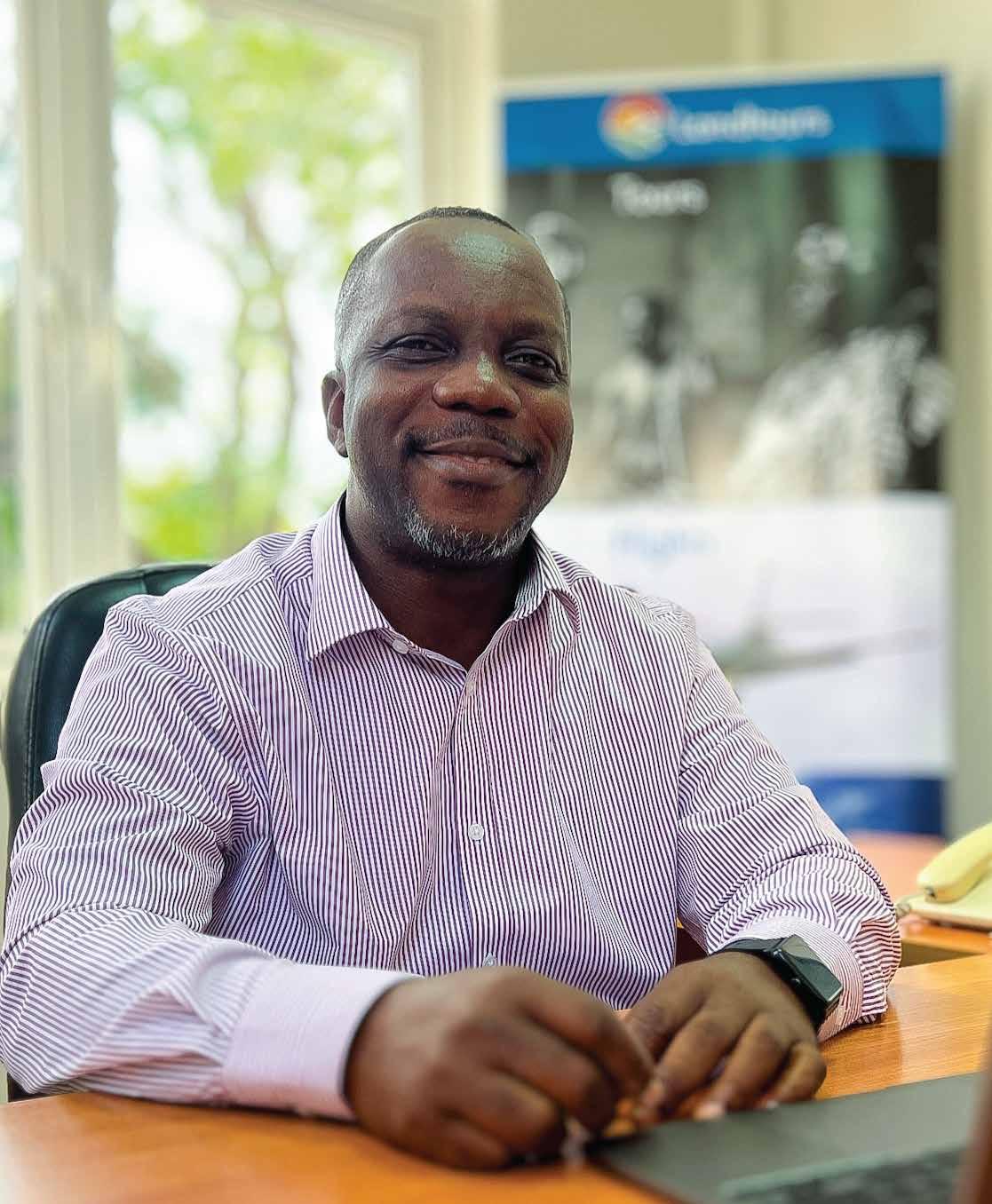

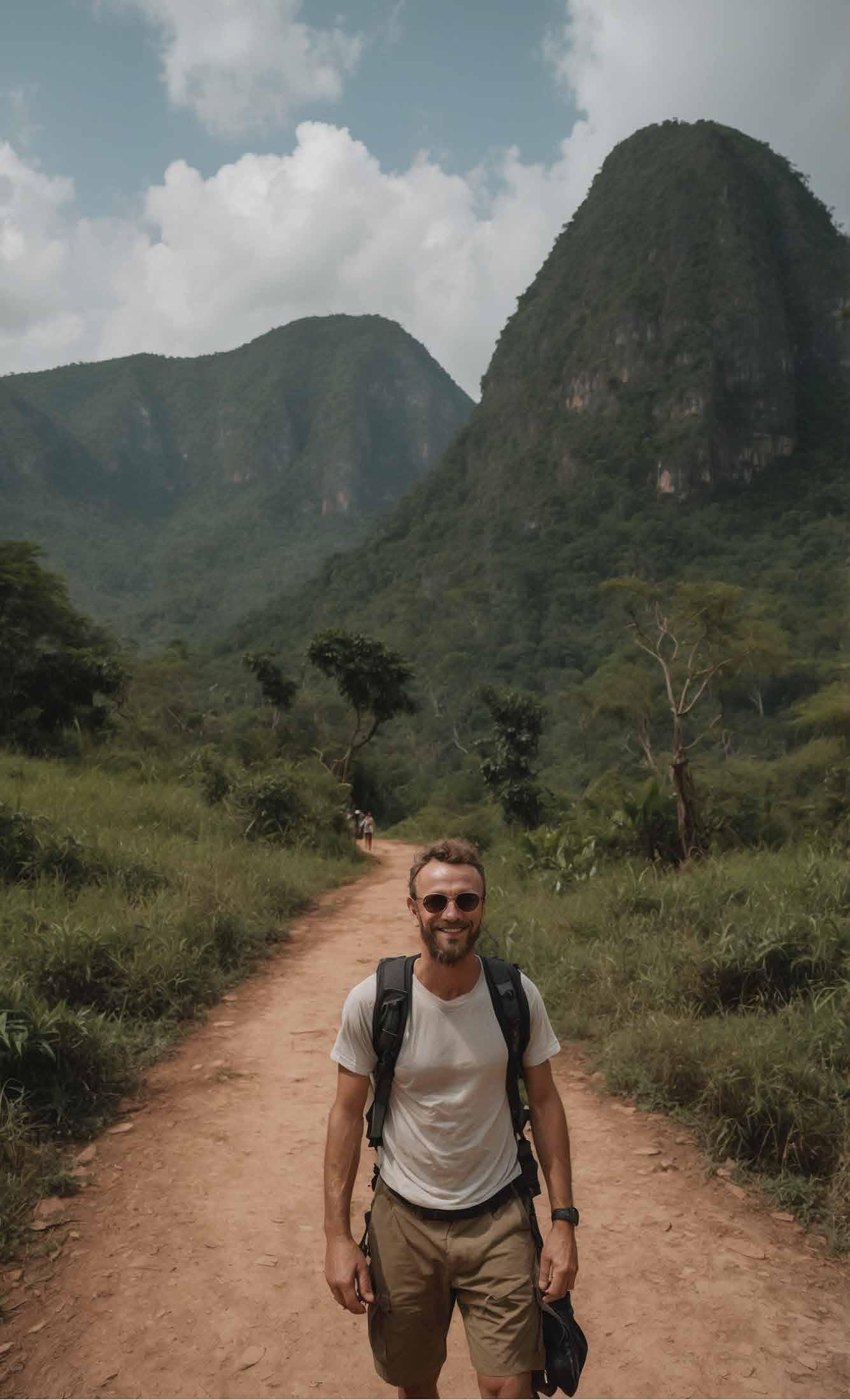
Accra City Tour
Exhilarating Hike on Mt Gemi
single supplement: $890 from
$2,047 per person double occupancy
Cascading Serenity of Beautiful Waterfalls in the Volta and Eastern Regions
Kakum National Park
Heritage Visit at Cape Coast Castle and Assin Manso Slave River
Cultural Immersion in the Asante Kingdom

Join us on an unforgettable journey for 10 days through the heart of Ghana, where culture and adventure merge. Your thrilling experience includes an immersion in Kumasi, the cultural capital of the Asante Kingdom.
Embark on a captivating hike in the lush Mount Gemi in Amedzofe and brave the Amedzofe canopy walkway. Become one with nature against the cascading serenity of the Wli, Ote and Boti waterfalls.
You will meet fascinating crocodiles at Hans Cottage after a rejuvenating hike in Kakum National Park. Catch a glimpse of the expansive forest canopy top as you cross 7 seven suspended bridges.
Discover the energetic and vibrant capital city, Accra in a tour that uncovers the traditional and contemporary parts of the city. Interact with the locals and sharpen your negotiation skills in the bustling markets.
- Comprehensive Cultural Experience: Visit iconic landmarks and historical sites such as the Kwame Nkrumah Memorial Park, Cape Coast Castle, Assin Manso Ancestral Slave River and Manhyia Palace Museum amongst others.
- Natural Wonders: Hike to the stunning Wli Waterfalls, trek up Mountain Gemi, and explore the lush Kakum National Park.
- Local Interaction: Engage with local communities, learn about the Ewe people's culture, and visit bustling markets for an authentic experience.
- Comfort and Convenience: Stay in comfortable hotels with modern amenities and enjoy air-conditioned transportation throughout the tour.
- Expert Guidance: Benefit from the knowledge and expertise of trained, licensed chauffeurs and professional tour guides.
Reserve your spot on the Ghanaian Adventure & Cultural Tour today and immerse yourself in the vibrant culture and breathtaking landscapes of Ghana.
For more information and bookings, contact us at: Email: travelafrica@landtours.com


08
june 2024 | issue #5
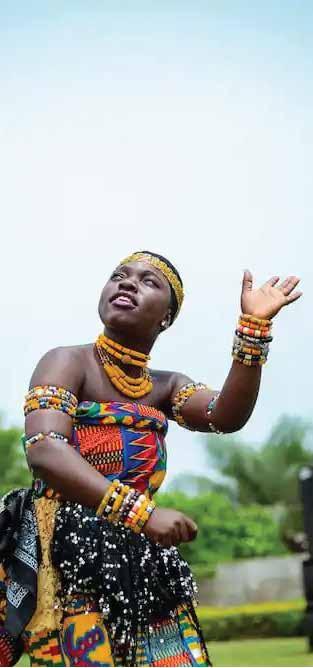
11
08 the rhythms of traditional ghanaian dances
Ghanaian dances are not merely performances; they are expressions of the country's culture, tying together elements of music, storytelling, and community bonding.
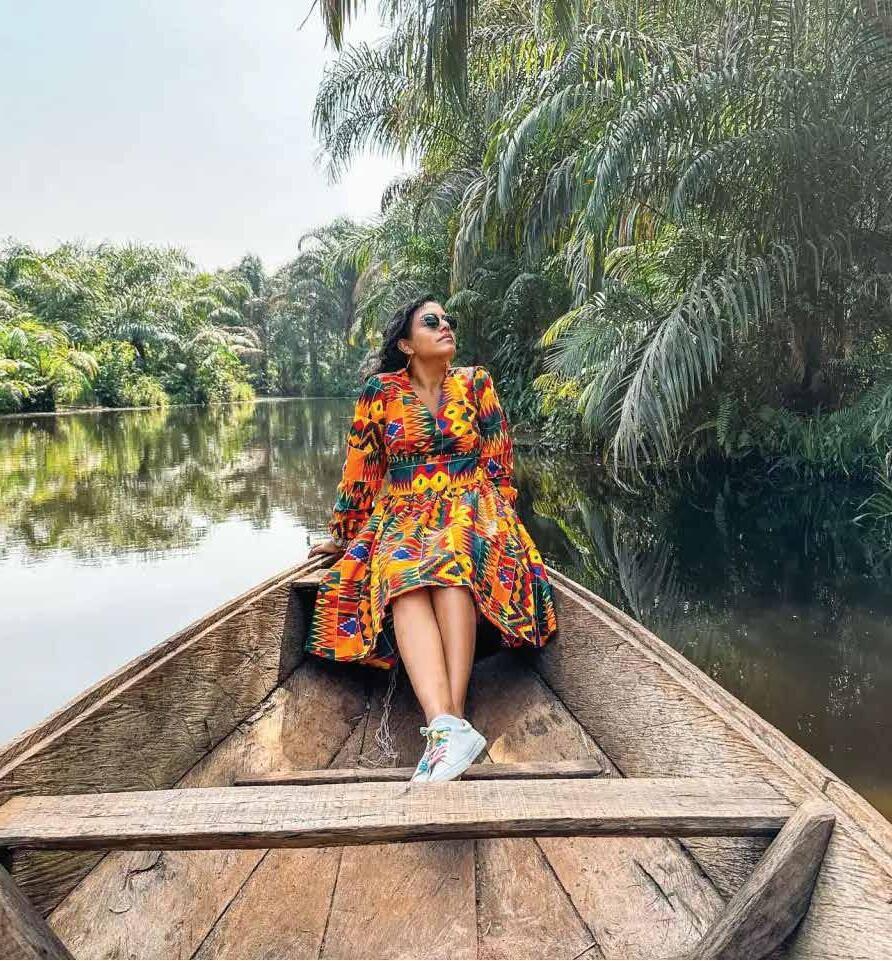
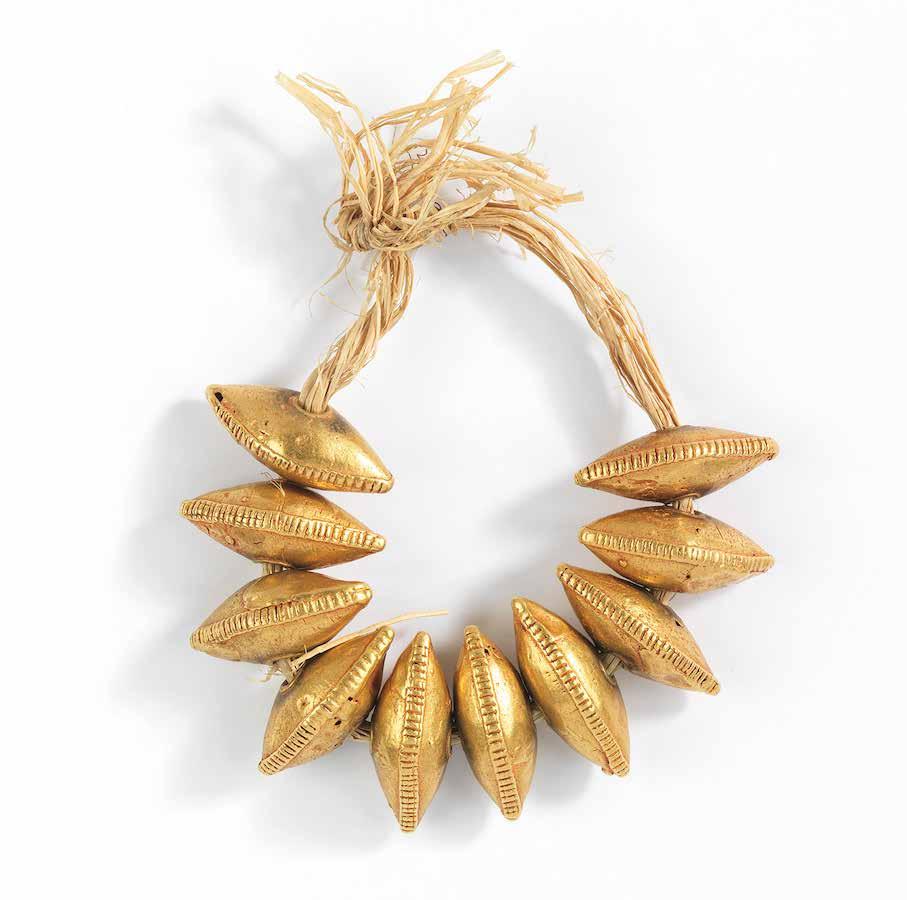
14 14 15 15 refurbished manhyia palace museum benin to grant africa diaspora citizenship
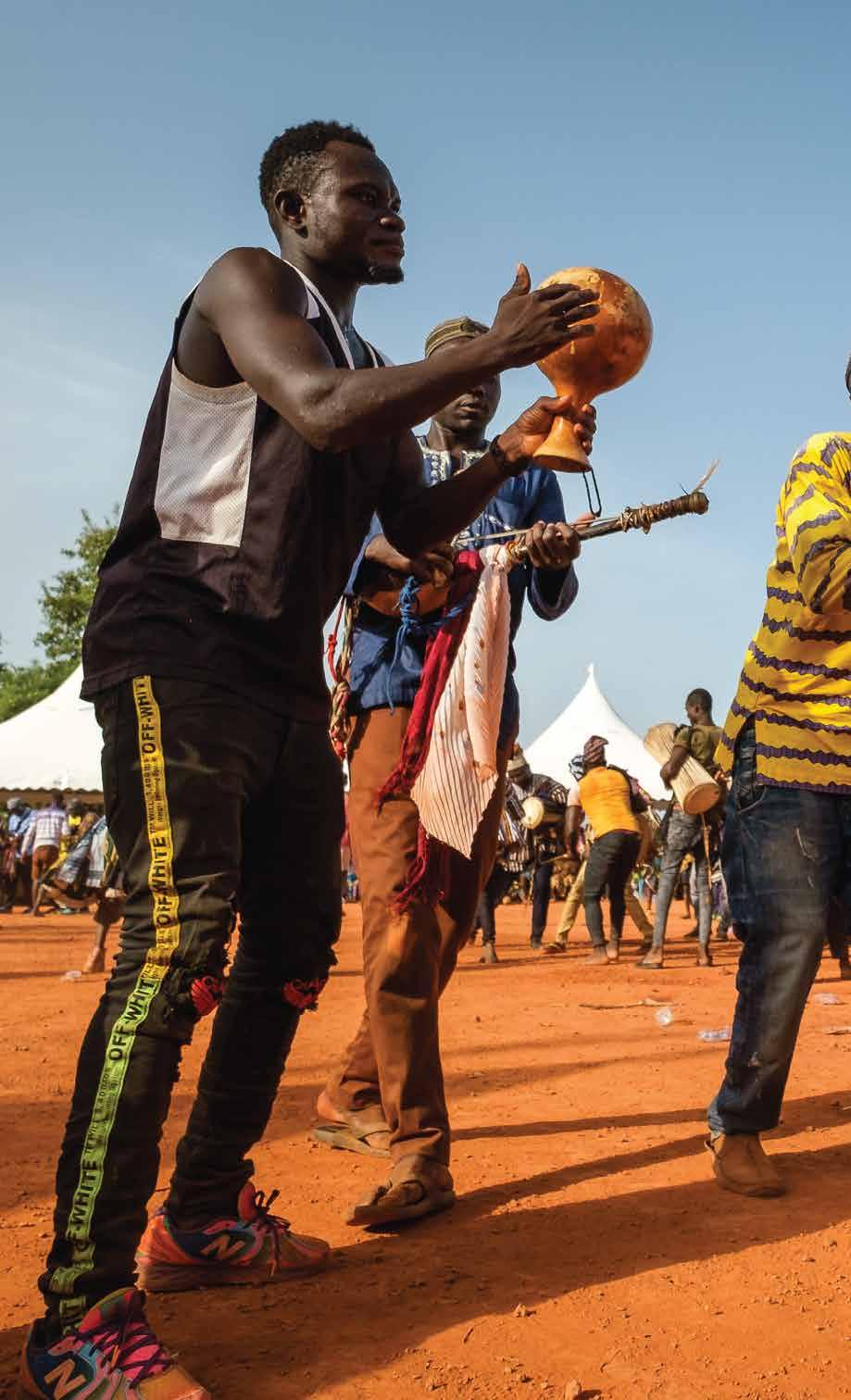
Ghanaian dances are not merely performances; they are expressions of the country's culture, tying together elements of music, storytelling, and community bonding. Each dance embodies its own narrative, reflecting the customs, beliefs, and experiences of the people.
One of the most iconic Ghanaian dances is Adowa, loved for its gracefulness and significance in various ceremonies. Originating from the Ashanti tribe, Adowa is often performed during festivals, weddings, and funerals. Its movements are characterized by rhythmic swaying, hand gestures, and intricate footwork, accompanied by the tunes of traditional instruments such as the talking drum and the fontomfrom (a type of drum).
Adowa serves as a symbol of celebration and remembrance, honoring ancestors and commemorating important milestones in Ghanaian society. Through its graceful movements and rhythms, Adowa connects generations, preserving cultural heritage and fostering a sense of unity among the people.
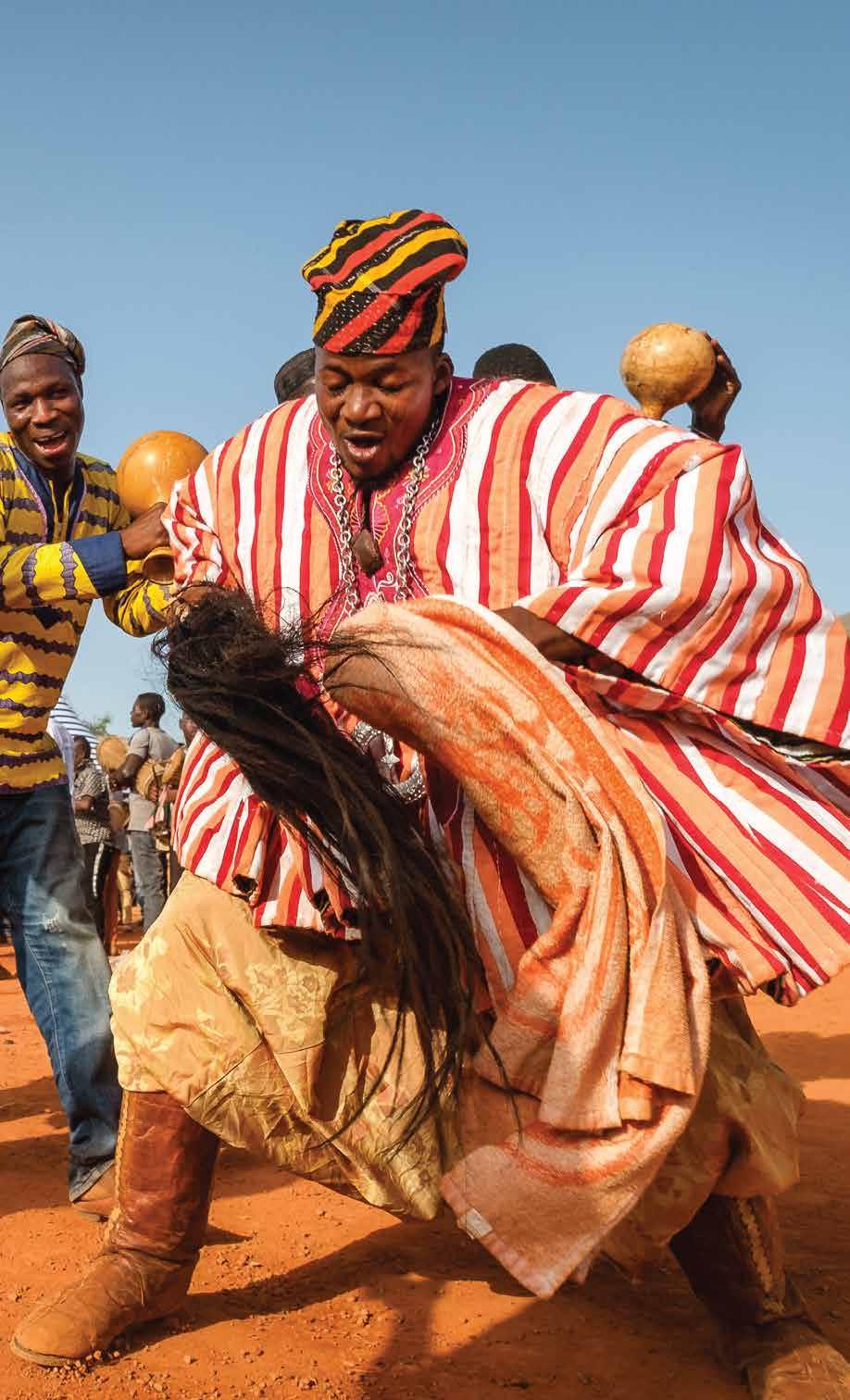
a ballad of west african heritage
In contrast to the solemnity of Adowa, Kpanlogo embodies the spirit of liberation and joy. Originating from the Ga tribe along the coast of Ghana, Kpanlogo emerged as a form of expression during the country's independence movement in the 1960s. Its lively beats and energized movements reflect the resilience and optimism of the tribe that birthed the dance.
Kpanlogo is performed by energetic drumming, accompanied by synchronized movements such as hip-shaking, foot-stomping, and intricate handclaps. It is often performed during social gatherings, street festivals, and youth gatherings, serving as a platform for self-expression and cultural exchange.

Above: Woman dancing Kpanlogo
Below: Man & woman dancing Agbadza

Native to the Volta Region of Ghana, Borborbor is a dance deeply rooted in spirituality and community healing. Traditionally performed by the Ewe people, Borborbor is associated with rituals aimed at invoking ancestral spirits for guidance and protection.
The dance is characterized by rhythmic movements, circular formations, and call-andresponse singing, accompanied by traditional instruments such as the base drum, the middle drum known in the Ewe language as asivu, a small drum, pati, twin drums, bongus, metallic instruments known as krettsiwoe and other accompanying instruments. Borborbor is not merely a performance but a communal experience, bringing together individuals to celebrate life, heal wounds, and strengthen social bonds.


Apatampa, rooted in Fante culture in the Central and Western Region in Ghana, is steeped in symbolism and tradition, serving as homage to the ancestors and a connection to the spiritual realm. Legend has it that Fante ancestors were repeatedly terrorized by a giant in the dead of night. Out of frustration, a man confronted and attempted to fight the giant. However, in a stroke of luck, a beautiful woman and her graceful dance steps caught the giant’s attention.
The dance is typically performed at durbars, festivals, and rites of passage by the people of Cape Coast and Elmina. It is characterized by slapping both thighs twice with both hands and clapping the hands on the third beat.
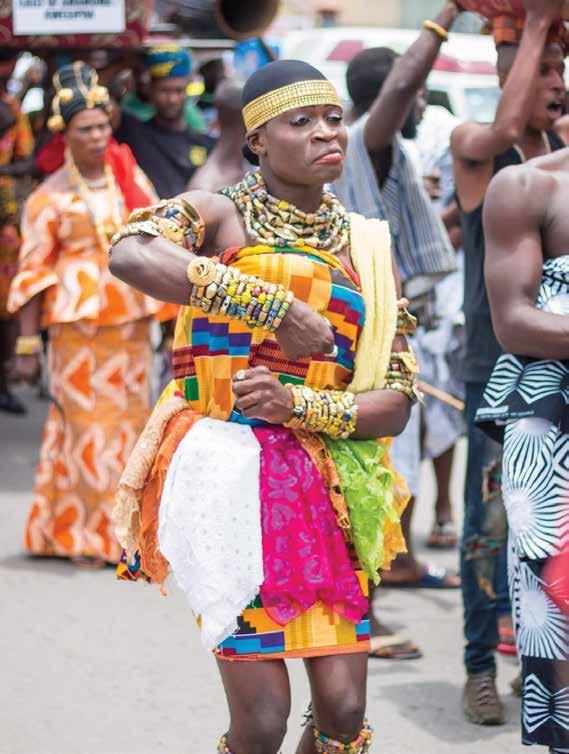
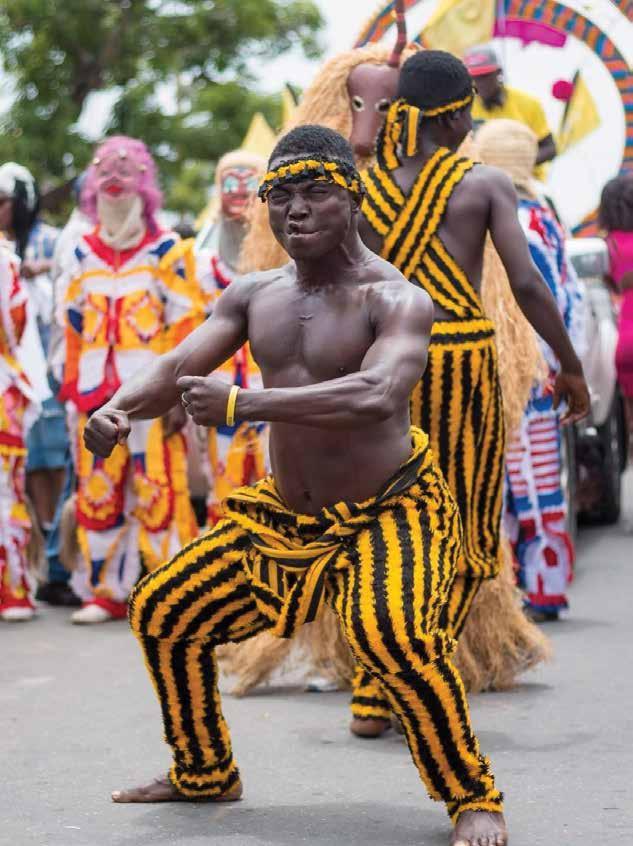
The Bamaya dance, also known as the rain dance, is performed by the Dagbamba people of the Northern region of Ghana. The dance is used to communicate a strong sense of unity among community members.
It also serves as a reminder of a period of severe drought that plagued the Dagbon area. In an attempt to find a solution, the gods instructed the chiefs and elders to dress up like women and sacrifice animals.
The waists of the dancers are clad with beads and cymbals, which make sounds during the performance like a narrator describing in vivid detail a beautiful African tale.
Traditional Ghanaian dances are manifestations of the country's deep cultural roots. Each dance, with its unique movements, rhythms and accompanying instruments narrates stories that resonate with the past and present experiences, beliefs, and values of the people within Ghanaian tribes and communities. These dances go beyond mere entertainment; they are vital in preserving Ghana's heritage and fostering a strong sense of community during different life events and rites of passage. By continuing to perform and teach these dances, the rich cultural legacy is cherished and passed down to future generations and non-Ghanaians as well.

Griots were experts in social, political issues, history & entertainment.
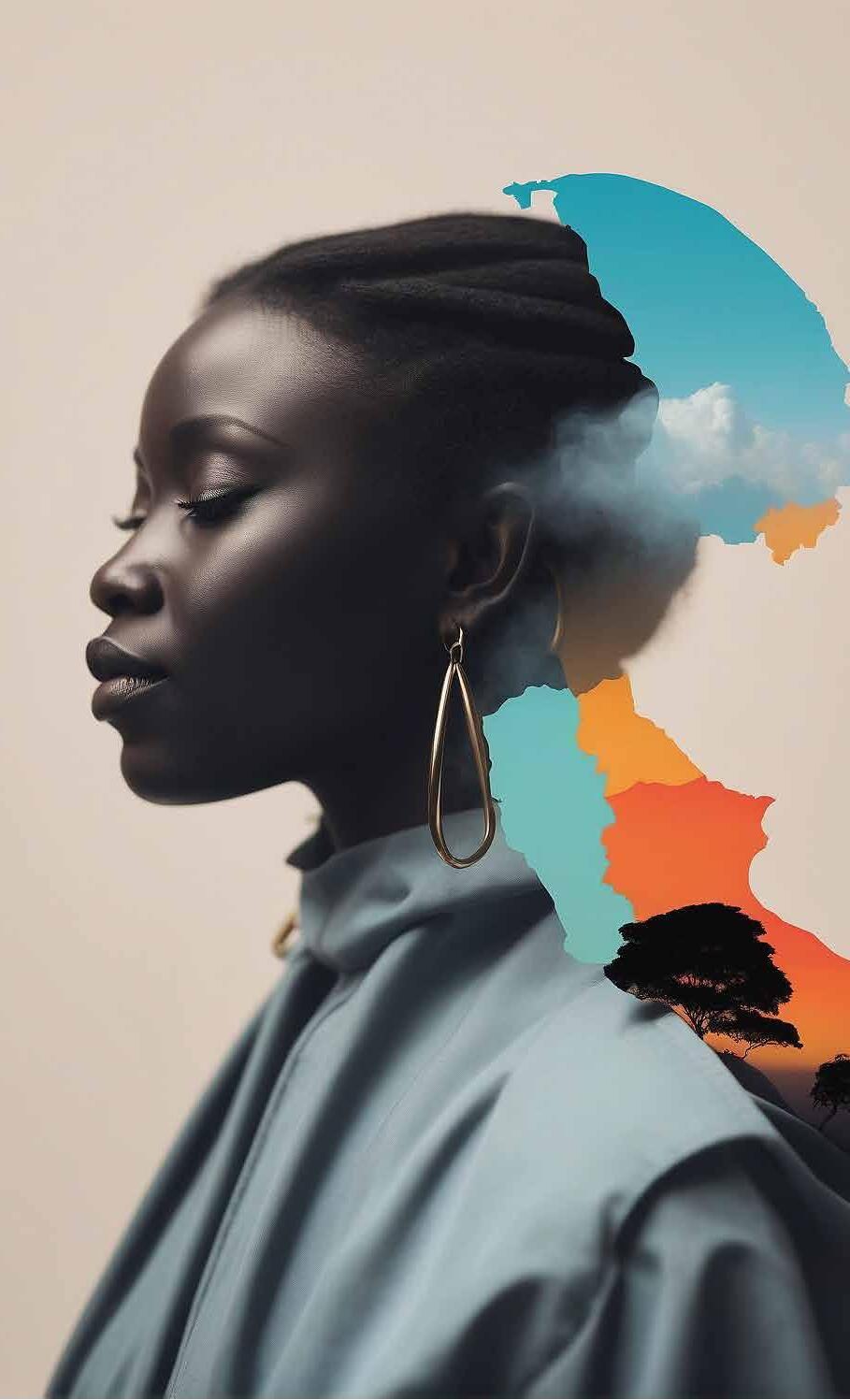
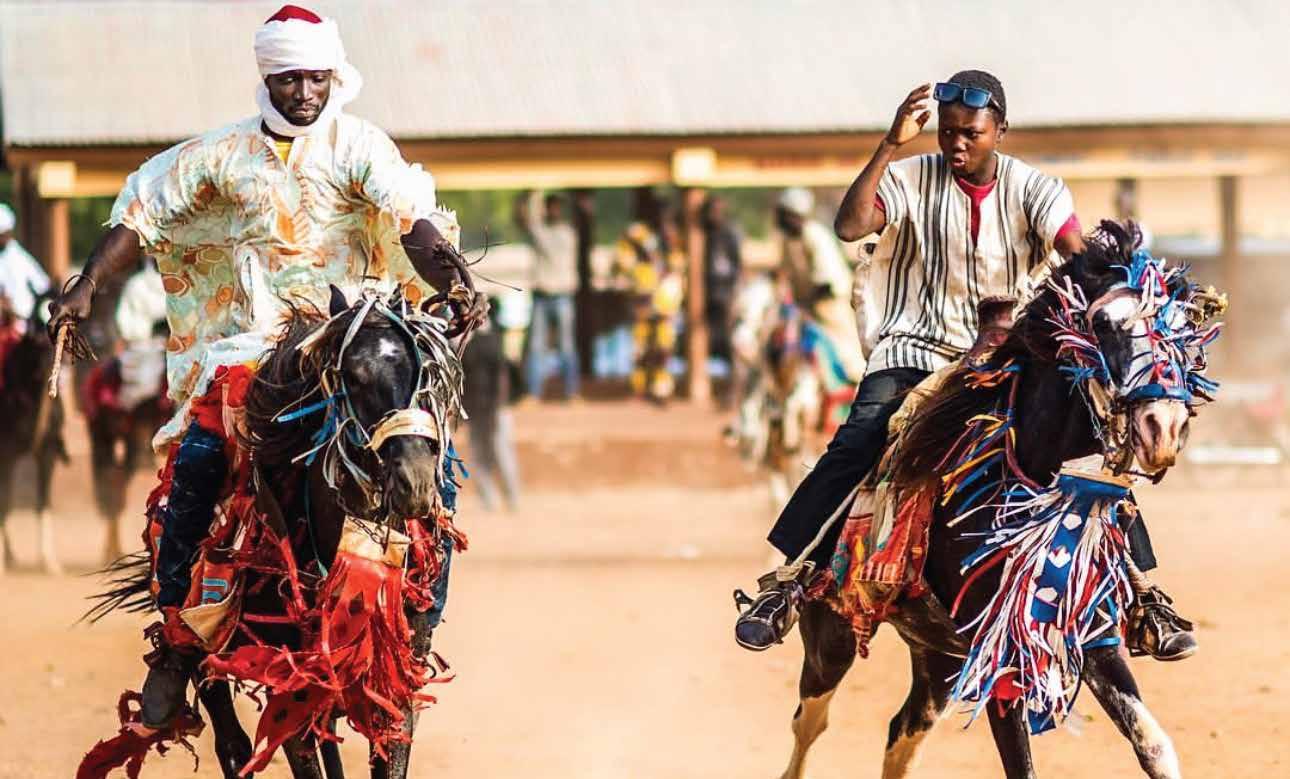
In a groundbreaking move, the Beninese parliament is currently deliberating a draft law introduced on May 8, 2024, which, if passed, will extend citizenship by descent to third-generation members of the African diaspora. This initiative seeks to foster a deeper connection with the global African community, acknowledging historical ties and promoting cultural and economic growth.
Benin is a country rich in history and cultural heritage. The nation’s history, from being the formidable Dahomey Empire, is intertwined with the transatlantic slave trade and, making it a poignant destination for those seeking to reconnect with their ancestral roots.
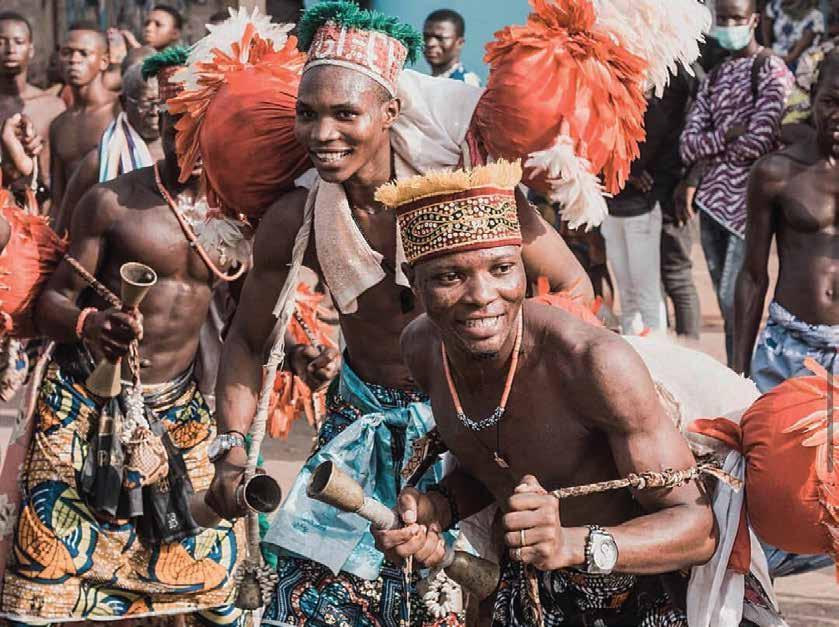
Benin boasts of key tourist sites such as Ouidah which is known as the spiritual heart of the Vodun (Voodoo) religion, Ouidah is a town steeped in history and a deep reverence for the supernatural. The Door of No Return, also in Ouidah, stands as a powerful reminder of the transatlantic slave trade, while the annual Voodoo Festival attracts visitors eager to witness traditional ceremonies and rituals.
Ganvié, a town located on Lake Nokoue and often referred to as the Venice of Africa, is a fascinating lake village where the entire community is built on stilts. History has it that about 400 years ago the Tofinu people, in an attempt to evade slave raiders from the powerful Dahomey Empire, the Fon people. Exploring this unique community by boat and interacting with the vibrant people within the community provides valuable insights into the traditional ways of life that have been preserved for centuries.
Exploring Benin must include a trip to the former capital of the powerful Dahomey Kingdom, Abomey is home to the Royal Palaces and has been assigned UNESCO World Heritage site status. The palaces made up of sets of 10 palaces covering an impressive 47 hectares and home to 12 kings, are a testament to the grandeur of the Dahomey kings and offer a glimpse into the rich history of Benin’s pre-colonial past which is deeply rooted in the Aja-Fon culture.
Festivals and ceremonies are integral to Beninese life, with the annual Voodoo Festival in January being one of the most notable. This festival showcases the country’s deep spiritual heritage, with colorful processions, music, and dance captivating visitors.
As Benin stands on the cusp of this significant change, now is the perfect time toexplore this fascinating country. Whether you are drawn by its historical sites, cultural festivals, or natural beauty, Benin promises an unforgettable journey. The proposed citizenship by descent law is set to transform the landscape of opportunity, making Benin not just a destination, but a homecoming for many.
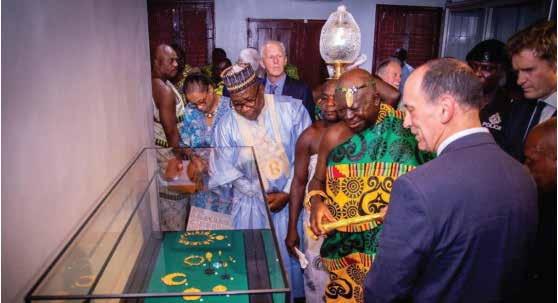
Steeped in tradition and culture, the Ashanti Kingdom has long been a story of West African heritage recounted numerous times. Now, a significant chapter of this colorful history is being rewritten with the reopening of the Manhyia Palace Museum in Kumasi, showcasing 32 priceless Ashanti artifacts that have returned home after being looted by the British 150 years ago. This monumental event is set to reignite interest in Kumasi and the broader Ashanti Region, offering tourists a unique glimpse into the kindom’s noble past.
Founded in the late 17th century, the Ashanti Kingdom quickly rose to prominence as one of the most powerful and influential states in West Africa. Centered in the heart of modern-day Ghana, the kingdom was known for its sophisticated political and military systems, as well as its rich cultural heritage. The Ashanti were brave warriors, but they were also industrious traders, dealing in gold, ivory, and kola nuts, which cemented their economic power.
One of the most recognizable artifacts of the Asante Kingdom is the Golden Stool, a symbol of unity and the soul of the Ashanti people. According to legend, the stool descended from the heavens into the lap of the first Ashanti king, Osei Tutu, solidifying his rule and the kingdom’s divine right to power.
The Manhyia Palace, built in 1925 by the British, served as the residence of the Ashanti kings until the current palace was constructed in 1970. Today, the Manhyia Palace Museum stands as a historical reminder of the resilience and pride of the Ashanti people. The museum offers a fascinating journey through the history of the Ashanti Kingdom, from its founding to the present day.
The recent return of 32 Ashanti artifacts marks a significant moment in the preservation of Ashanti heritage. These artifacts, which were taken by the British during the Ashanti-British wars, include ceremonial items, regalia, and personal belongings of Ashanti royalty.
Kumasi, the vibrant capital of the Ashanti Region, is home to several cultural and historical sites. Beyond the Manhyia Palace Museum, visitors can explore a variety of attractions that showcase the region’s rich heritage.
Kejetia Market is one of the largest open-air markets in West Africa, Kejetia Market is a hub of trade and commerce reminiscent of the traders of centuries past. The market holds the essence of the sights, sounds, and smells of everyday Ashanti life. The market offers everything from textiles and crafts to fresh produce and traditional Ashanti dishes.

Kente is a fabric akin to the Asante Kingdom, originally worn by nobles. The Bonwire Kente Weaving Village is a short drive from Kumasi and is renowned for its experienced master cloth weavers. A visit to the village enables admirers of the colorful fabric to watch master weavers at work and even try their hand at weaving this traditional fabric, which plays a significant role in Ashanti culture.
The Ashanti culture is characterized by its vibrant festivals, traditional ceremonies, and artistic expressions. One of the most notable festivals is the Akwasidae, celebrated every six weeks to honor the ancestors and the Ashanti kings. During this festival, the Golden Stool is displayed, and there are grand durbars featuring drumming, dancing, and the display of colorful Ashanti attire.
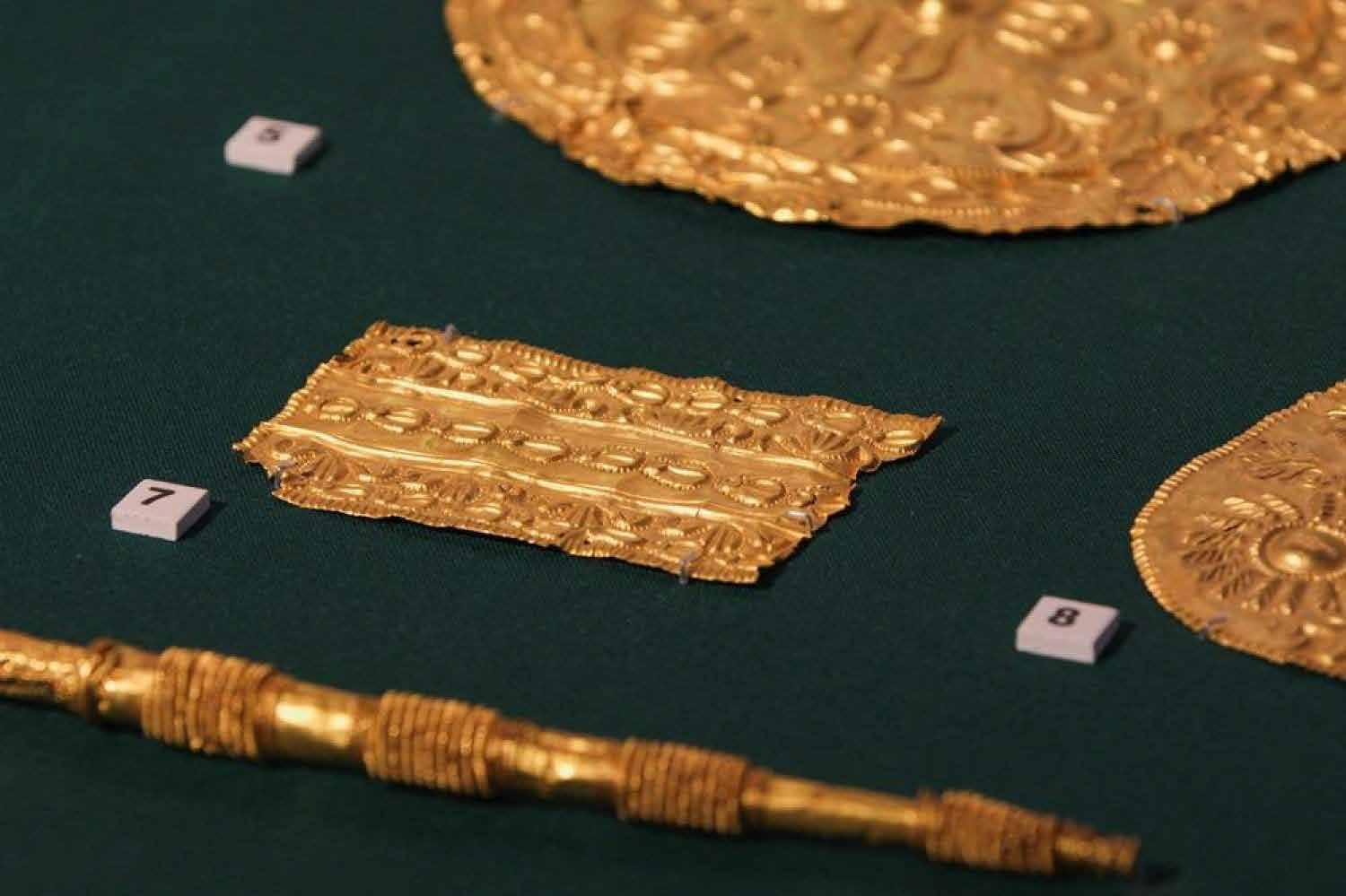
A trip to the Manhyia Palace Museum signifies more than just a visit but a journey through time. The returned artifacts serve as a bridge between the past and the present, allowing a rediscovery and celebration of the legacy of the Ashanti Kingdom.
